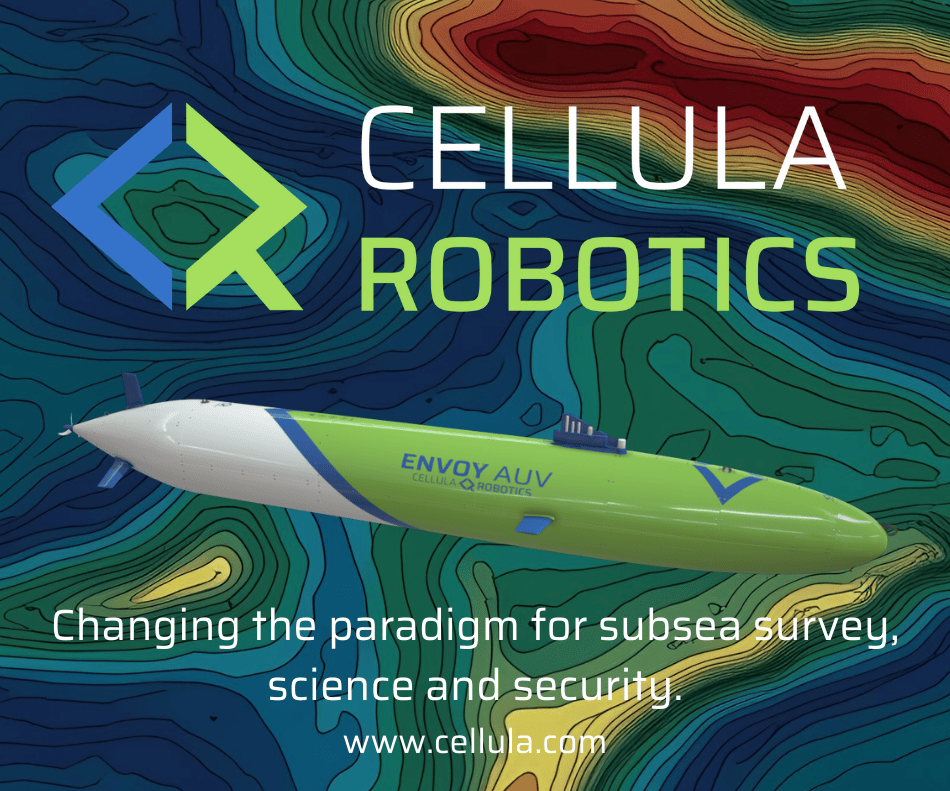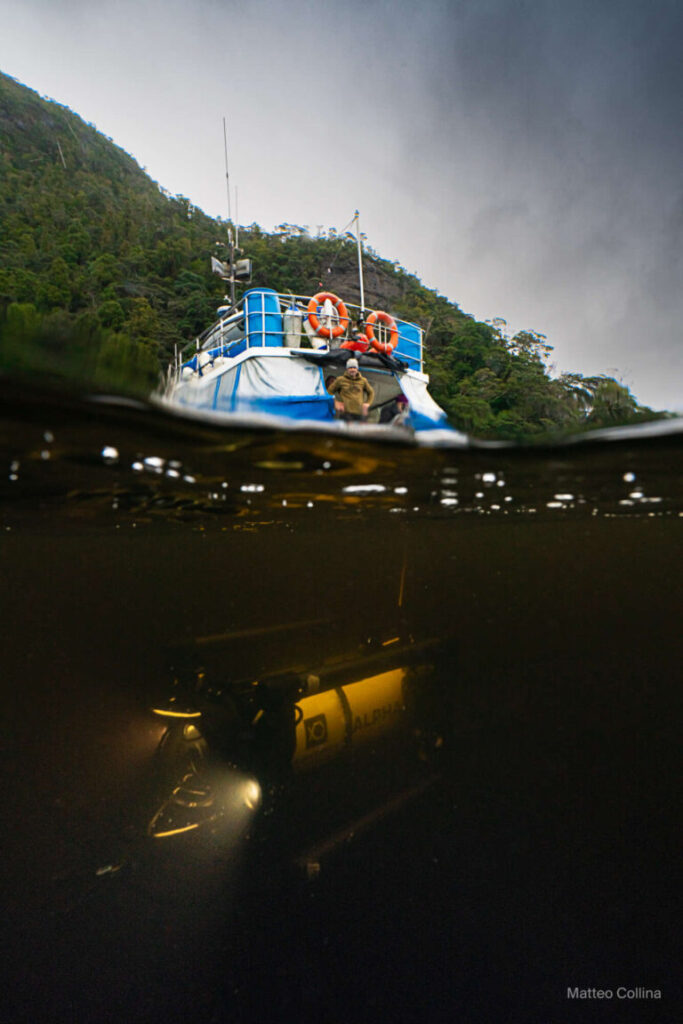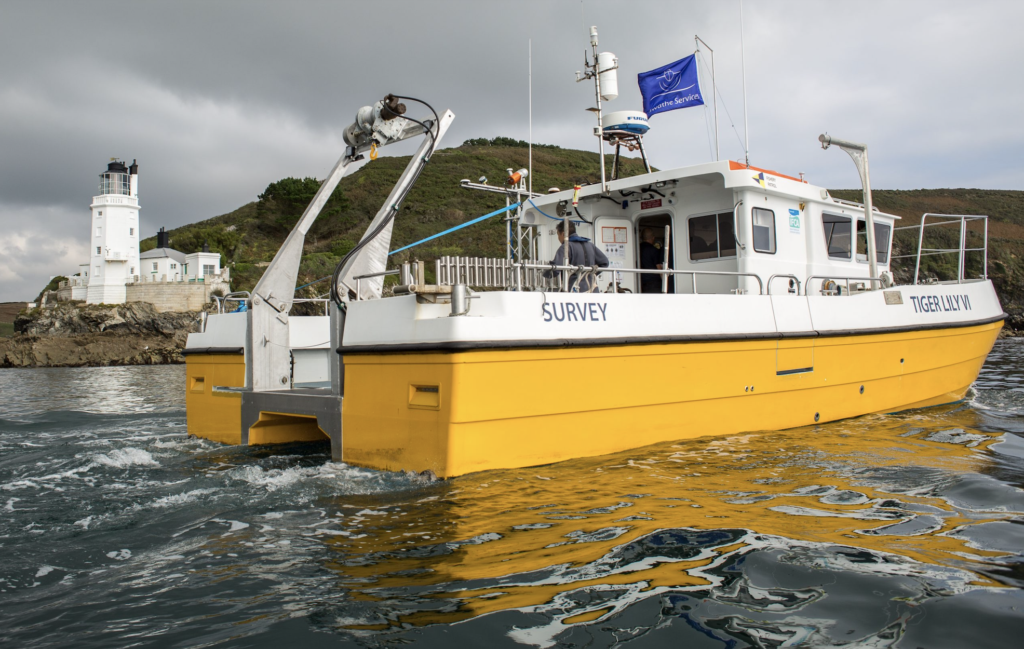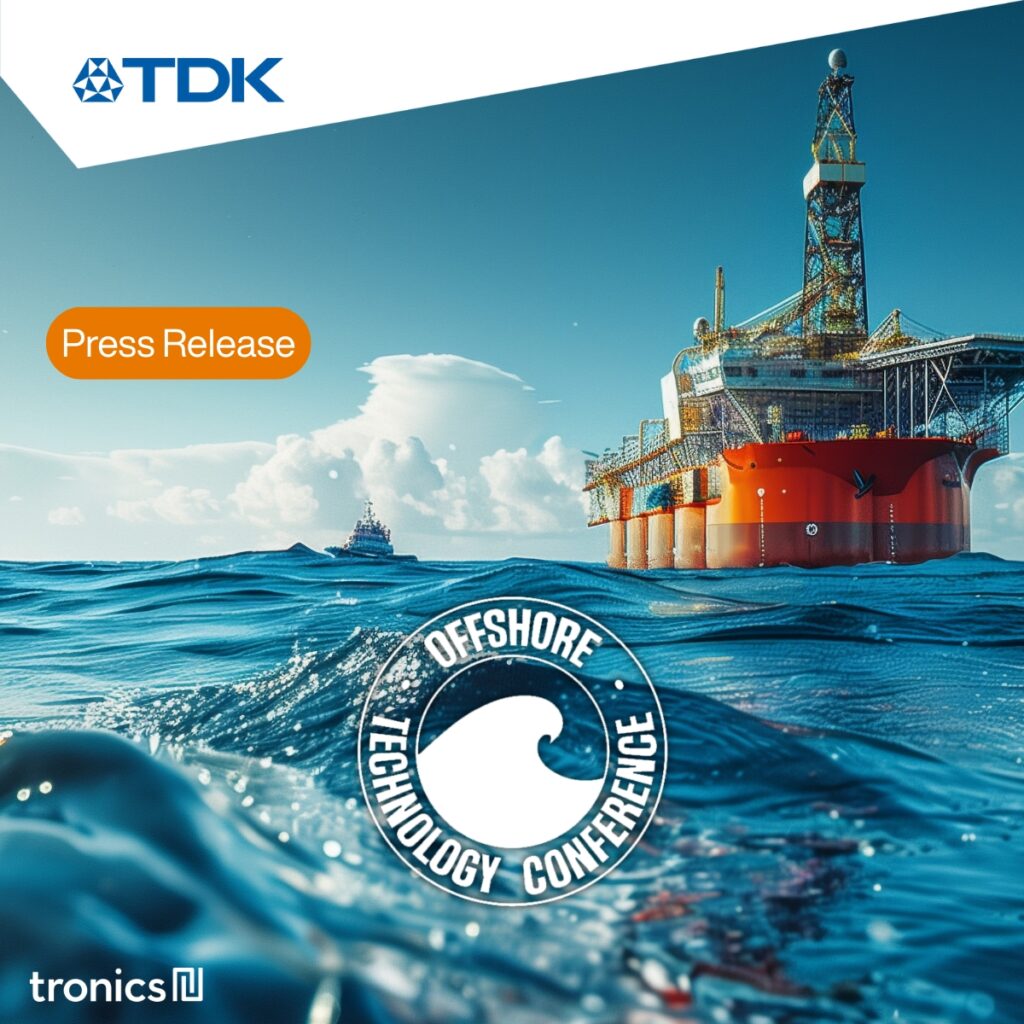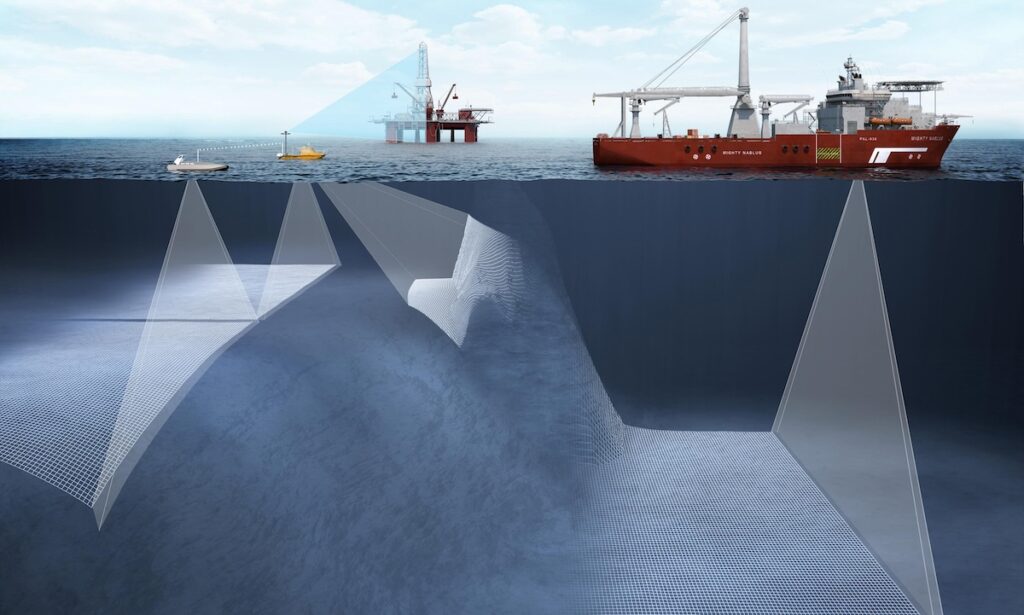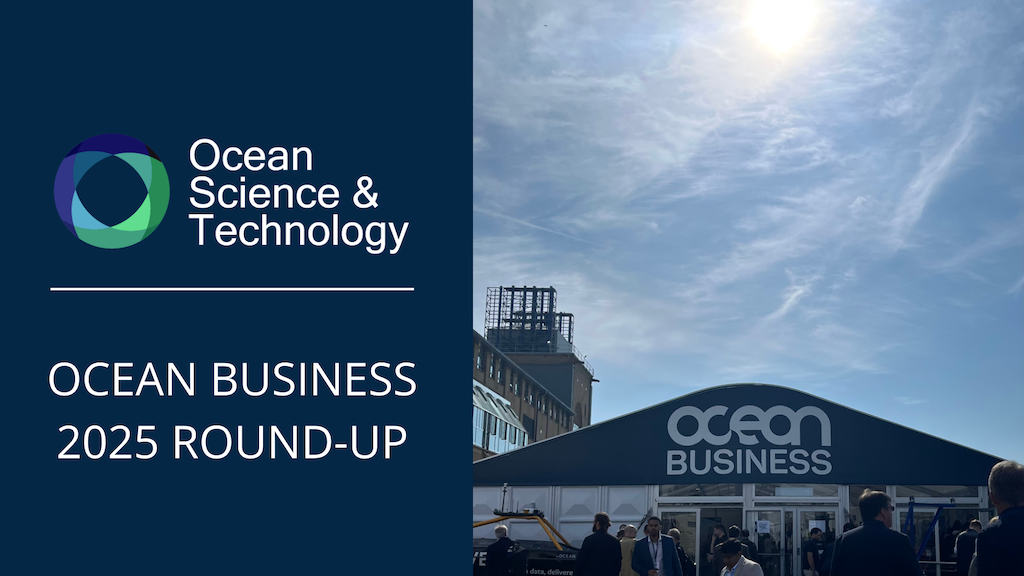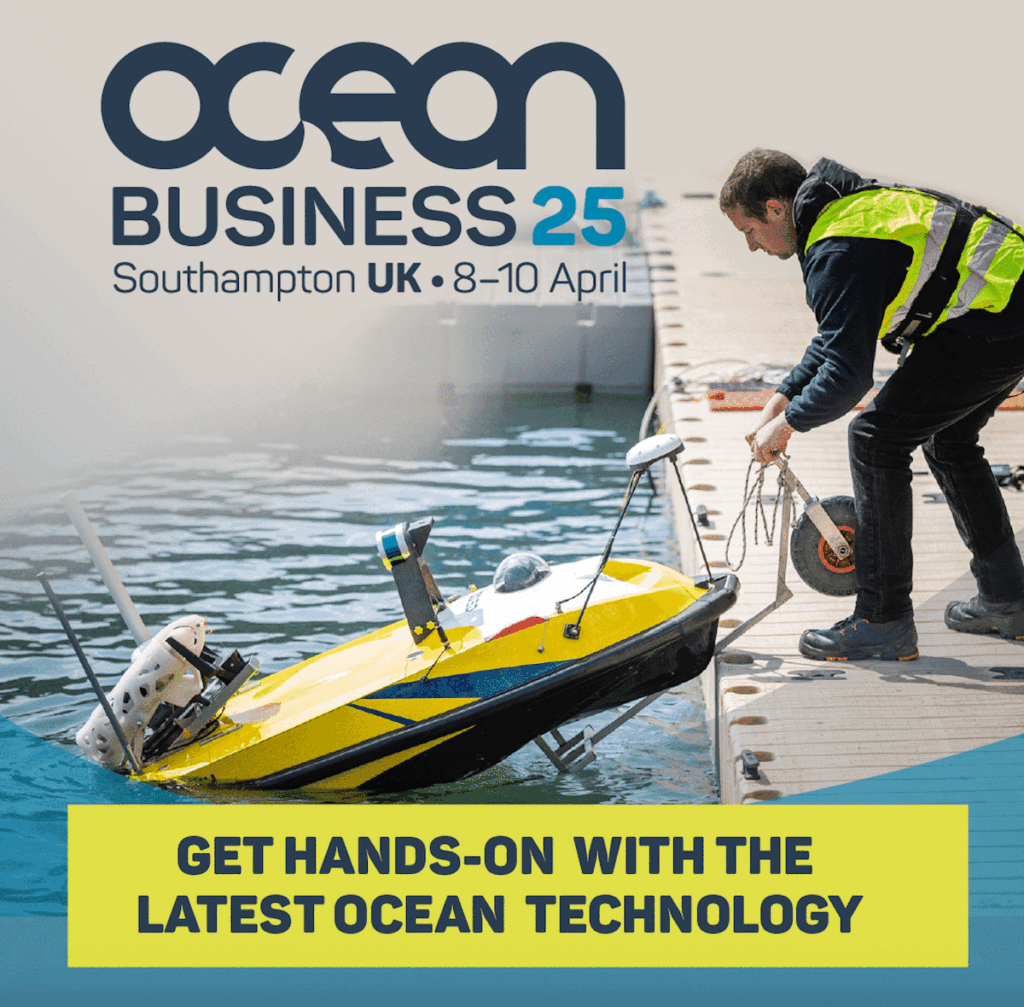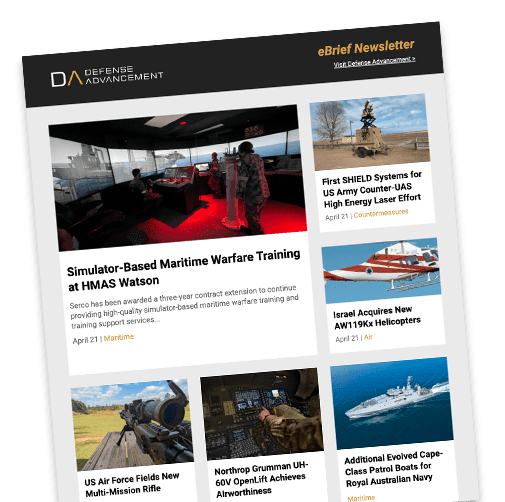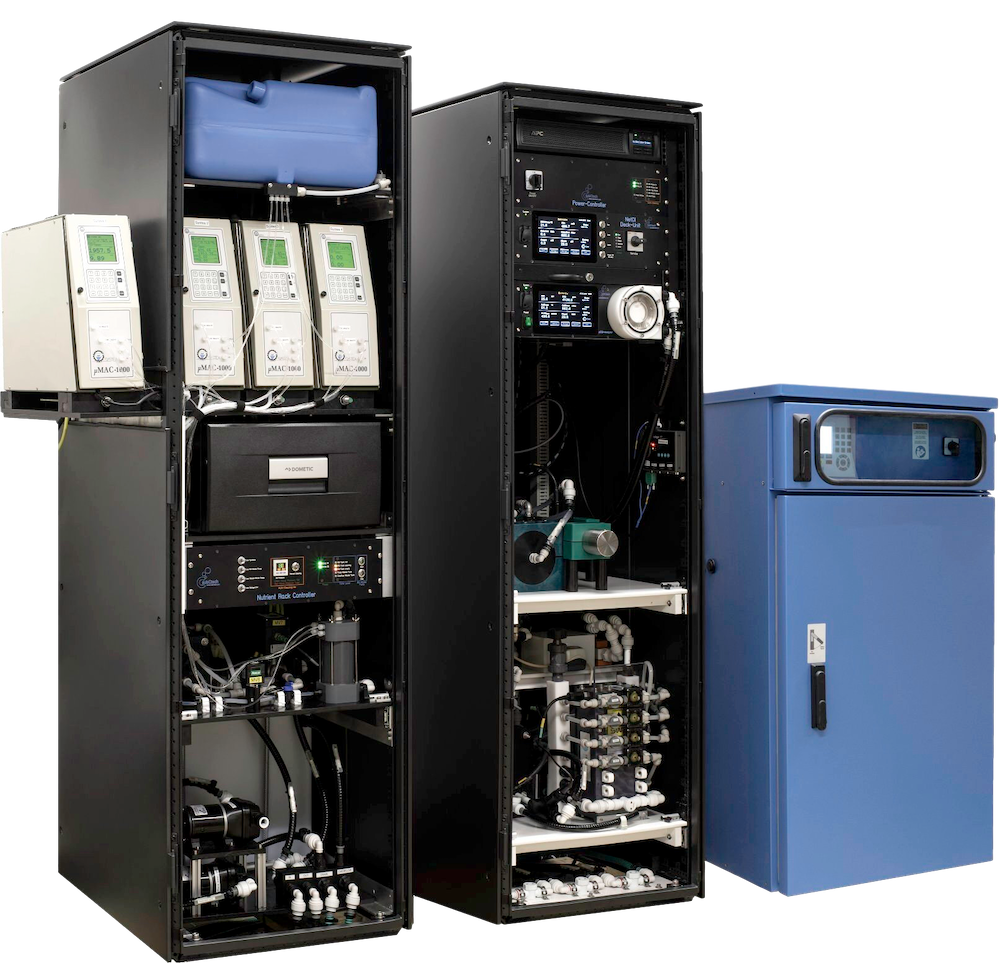
Ocean Monitoring System Technology
Discover cutting-edge solutions from 7 leading global suppliers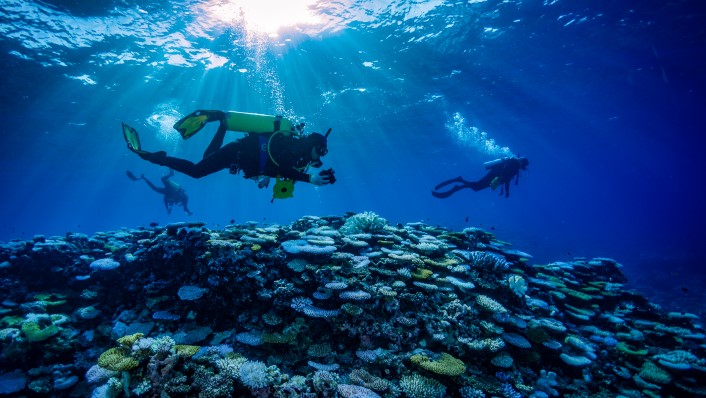
Researchers from the Australian Institute of Marine Science (AIMS) have developed an advanced remote sensing model that is set to significantly enhance efforts to manage and restore coral reefs.
The research uses widely available data from the Sentinel-2 satellite, validated with low-tech digital photos of reef areas. Compared to current methods this more accurately maps habitat on the ocean floor, identifying the locations where young corals have the highest chance to establish and thrive.
The new model uses a rugosity metric – an indicator of the complexity of the sea floor habitat – to accurately predict areas of crustose coralline algae (CCA), turf algae, coral rubble, and sand at scales of tens to hundreds of meters.
The researchers used ‘drop’ cameras (cameras capturing images while facing the sea floor) to collect detailed information on the height and form of reef features on the Scott Reef complex off the north-west coast of Western Australia.
The model will also inform wider reef management. Co author Dr James Gilmour said one of the most essential components for reef management is understanding the connectivity within and among reefs: where different coral types are located and are producing larvae, how larvae are exchanged among parts of the reef, and where they might settle and survive.
“You can’t manage corals unless you know where they’re distributed on the reef and the environments that are, or are not, suitable for long-term survival and reproduction,” Dr Gilmour said.
Dr Ben Radford, lead author of the study, commented, “The model incorporates many of the key habitat attributes that coral need for recruitment and survival. We can then use the model to help decide which reef areas to protect or actively manage to ensure coral life cycles continue and hence help reefs rebuild following events such as coral bleaching.”
Coral Bleaching & Reef Restoration
Coral bleaching events are increasing in frequency and severity worldwide, and have caused a global decline in coral cover. Coral restoration provides an immediate and local intervention that may help reefs recover, yet restoration techniques are still largely experimental, logistically challenging and expensive.
Reef restoration has the highest chance of success in locations where a hard substrate lies in a relatively narrow range of depths, does not experience too much wave energy, too much (or too little) heat or light, and is not exposed during low tides.
The type of hard substrate is also critical: one of the key factors that influences the success of coral larvae settling on a reef is the presence of CCA. Similar to corals, they form a calcium carbonate skeleton that contributes to reef cementation and reef stabilisation. Conversely, turf algae competes with coral larvae for recruitment sites, while areas with destabilized coral rubble or sand provide poor habitat for larvae to settle and grow.
Dr Radford asserted that current models used to map coral reef habitat are not designed to specifically look for optimal places for the recruitment of coral, and this can be an important consideration for designing restoration projects, “we want to maximise the survivorship of corals because it’s so expensive to undertake restoration efforts in the first place.”
Dr Marji Puotinen, a co-author of the study, stated, “Our approach uses high-resolution imagery of how the sea floor varies with depth and combines this with field data to try and predict what habitat types could be there, based on how much hard structure is likely there.”
Dr Puotinen mentioned that a strength of the model was that it was ‘trained’ using field data collected from numerous locations on the reef and then tested against the data collected from other locations, allowing the research team to verify how accurately the model predicted habitat types under different conditions.
Find suppliers and manufacturers of Subsea Imaging Systems >>



